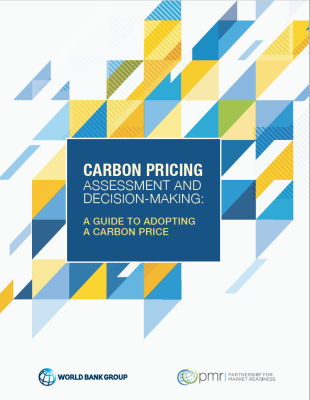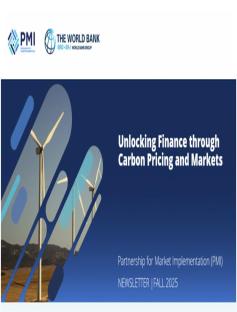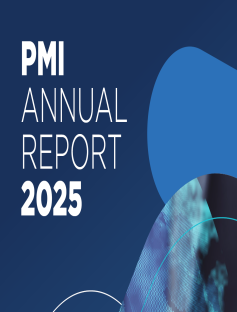As a first step, policymakers need a clear understanding of what carbon pricing is, and what it can and cannot do. This foundational knowledge is crucial for determining which carbon pricing instrument is most suitable for their jurisdiction. Direct carbon pricing can be implemented through carbon taxes or emissions trading systems (ETSs). Each has its advantages and disadvantages, and the choice should reflect the jurisdiction's objectives and circumstances.
Many countries and subnational jurisdictions are considering putting a price on carbon to help reduce greenhouse gas (GHG) emissions and achieve their climate commitments. There are currently 64 carbon pricing instruments (CPIs) in place or in the process of implementation, with 10 launched in 2019 alone. Before a jurisdiction implements a CPI, it will often examine the role a CPI will play and the rationale for adopting it. The objective of this guide is to help policymakers build the case for carbon pricing and choose an appropriate CPI. Chapter one sets out the rationale for putting an explicit price on carbon and examines the two main options for implementation: emissions trading system (ETSs) and carbon taxes. Chapter two outlines the local conditions that policymakers need to consider. Chapter three outlines how to assess the potential impacts of carbon pricing on key stakeholders. Chapter four describes how the work done in the previous sections can be used to make an informed recommendation for carbon pricing implementation, and how the recommendation can then be communicated effectively.




